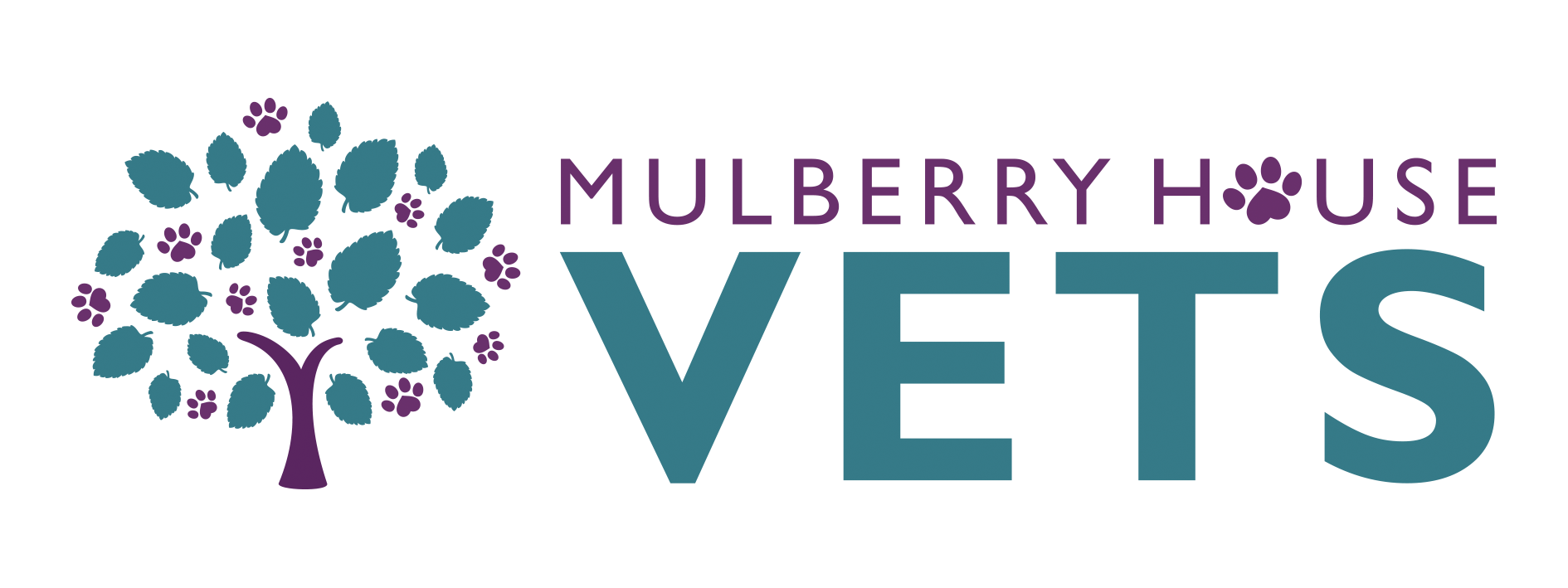Elbow Clinic
Elbow Clinic
At Mulberry House Vets we put your pets at the heart of everything we do and we always strive to be the best vets we can be.
The clinic aims to explore both surgical and medical management of elbow dysplasia for your pet. We are being supported by the fantastic Veterinary Surgeon Dr Nicci Meadows BVetMed CertAVP GSAS MRCVS from ProVetSurg, who we have worked alongside for many years.
Who are ProVet?
ProVetSurg is a team of dedicated peripatetic referral surgeons providing a professional and accessible in house soft tissue, orthopaedic and imaging referral service.
What is Elbow Dysplasia?
The canine elbow is a complex joint made up of three bones: the humerus, the radius, and the ulna. These bones work together to allow a dog to bend, run, and play.
Elbow dysplasia is a condition related to abnormal bone growth and/or development that alters the function of this joint, leading to abnormal pain and arthritis, which most certainly affect a dog’s ability to bend, run, and play.
Symptoms of Elbow Dysplasia;
Most symptoms of elbow dysplasia in dogs are typically noticeable. However, some can be subtle, making the condition hard to diagnose.
Dogs most often experience:
- Lameness or limping in one or both forelimbs, sometimes seen with a head bob. Most dogs will still be able to bear weight on the limb
- Swollen elbow
- Thickened joint
- Decreased range of motion
- Pain when moving the elbow
- Elbow bulges out toward the side
- Abnormal gait
- Hesitant to run or play as before
How do Vets diagnose Elbow dysplasia?
Your pet will have a hands on examination with a Vet, this will help localise the source of pain and discomfort to the elbow before X-rays will be taken of the limb. X-rays will be taken of both front legs for comparison and an accurate diagnosis. This is usually performed under general anaesthetic.
If elbow dysplasia can’t be determined through X-rays, a CT scan or Arthroscopy (scoping, using a camera called an arthroscope, to take images of the elbow joint) may be recommended.
In some cases, treatment of the condition can also occur during the arthroscopic procedure.
What does an Arthroscopy procedure involve?
Arthroscopy is a minimally invasive technique used for examining joints, most commonly the elbow. During arthroscopy a 1.8, 2.4 or 2.7 mm camera is inserted into the joint through incisions less than 1cm long, and high definition images are viewed on a screen. During arthroscopy very small instruments can be inserted in the joint in order to further examine structures within the joint or to treat joint disease.
What is the recovery time post Arthroscopy?
Arthroscopy is a major procedure and it is important to follow these instructions closely for best chance of a successful outcome. The complication rate for arthroscopy is low. A transient increase in lameness is sometimes seen following arthroscopy but this usually settles down within 4-8weeks. Infection can occur in up to 1% of patients. Some patients may experience post-operative swelling around the operated joint.
In terms of exercise we recommend strict rest for 4 – 6 weeks post operatively. This means confinement to a cage/room with no furniture to jump on and off, this also extends to stairs. Your dog can be taken on a lead outside for toileting.
After 4-6 weeks post operatively if your pet is comfortable, 5 minutes of lead walking twice daily can be introduced, this can be increased to 10 minutes twice daily at 6 -8 weeks post operatively. Thereafter as long as progress has been steady you can increase lead walks by 5 minutes per week up to 30 minutes twice daily on the lead. At this time your pet can start to have time off the lead.
CT imaging;
CT (Computed Tomography) scanning is an advanced imaging technique that combines capturing multiple X-rays taken at different angles, with computer technology to create very detailed 3D images of the inside of your pet’s body. You can read more about this on our dedicated CT page
If you have any questions or would like to discuss how the Elbow clinic could benefit your pet, our team is here to help.
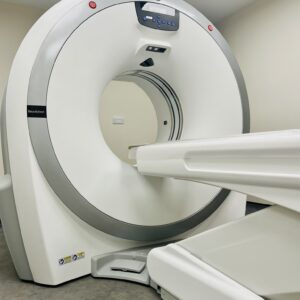
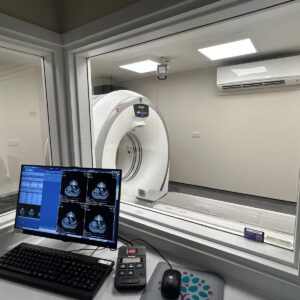
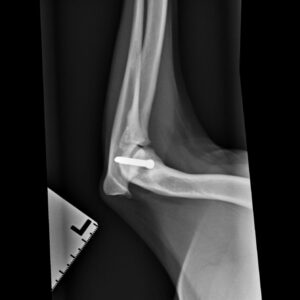

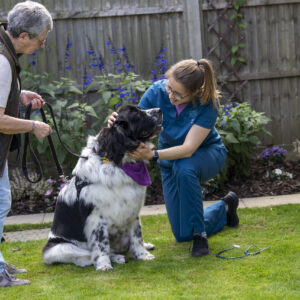

Find Us
Opening Hours
- Monday - Friday8:30 - 18:30
- SaturdayClosed
- SundayClosed
- Bank HolidaysClosed
Opening Hours
- Monday - Friday8:30 - 18:30
- Saturday8:30 - 14:00
- SundayClosed
- Bank HolidaysClosed
Emergencies
If you have any concerns about your pet's health while we are closed, please call our our of hours emergency providers, Medivet 24 Hour Wokingham on:
01189 790 551
Book an
appointment
We know how busy life can be. Online appointment booking available 24/7.
Book appointmentEmergencies
If you have any concerns about your pet's health while we are closed, please call our our of hours emergency providers, MiNightVet on:
0118 973 3466

